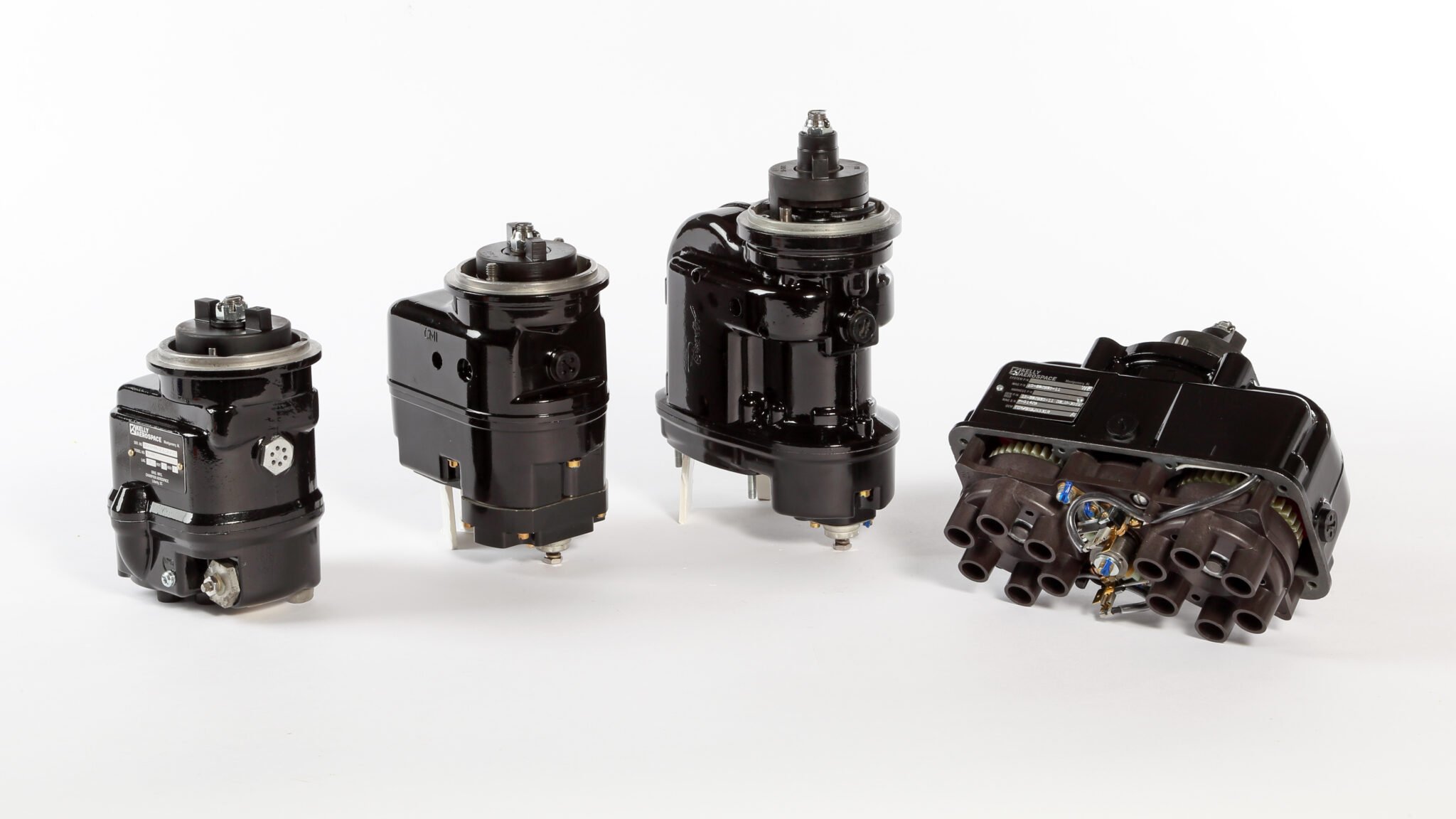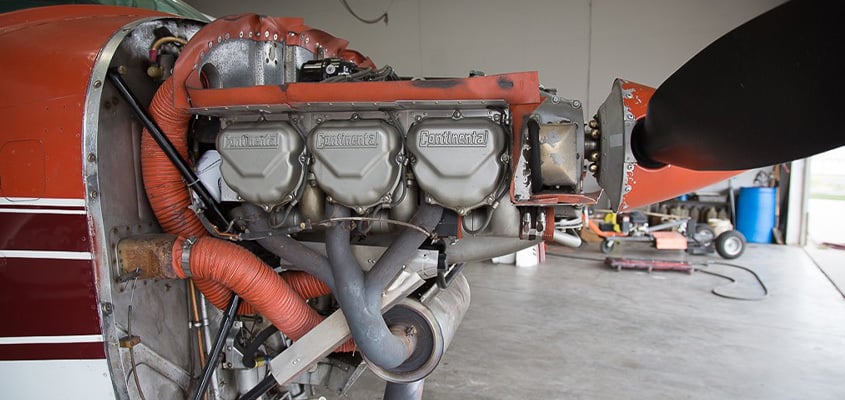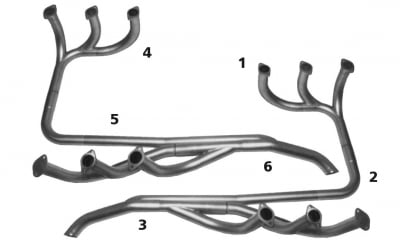5 Innovations in Technology That Are Increasing Aircraft Safety
With the advancement of technology, aircraft have become increasingly safer and more efficient. From onboard sensors that monitor the health of the aircraft to new materials that make the aircraft more durable, many technological innovations have been developed to improve the safety of aircraft.
In this article, we will take a look at some of the most important technological innovations that are making aircraft safer, including advances in avionics, materials science, and automation. We will examine how these innovations work and the impact they have had on the aviation industry. We can service your light aircraft exhaust repair with hundreds of FAA/PMA-approved parts on the shelf and ready to ship.
Artificial Intelligence
Using machine learning algorithms in the aviation industry allows companies to analyze large data sets such as flight data, weather data, and aircraft maintenance records to identify patterns and trends. This enables them to detect potential safety issues before they happen and take proactive steps to prevent them. Moreover, Artificial Intelligence (AI) technology can be used in a variety of ways to enhance safety, including:
- Predictive Maintenance: AI can be used to analyze data from aircraft sensors and maintenance records to predict when a component is likely to fail. This allows airlines to schedule maintenance before a failure occurs, reducing the risk of in-flight incidents.
- Real-time Monitoring: Algorithms can be used to monitor aircraft systems in real-time, detecting any anomalies or potential hazards. This allows pilots and maintenance crews to take action before an incident occurs.
- Decision Support: AI can be used to provide decision support to pilots and air traffic controllers, helping them make better decisions in high-stress situations.
- Autonomous Flight: AI is being used to develop autonomous flight systems that can fly aircraft without human intervention. This can help improve safety by reducing the possibility of human error and allowing the aircraft to respond more quickly in emergency situations.
Automatic Flight Control Systems
Automatic Flight Control Systems (AFCS) play a critical role in enhancing the safety of aircraft. This technology uses computer programs and sensors to monitor the performance of the aircraft and adjust controls as needed, reducing the potential for human error during flights. Additionally, AFCS can help maintain level flight, keeping the aircraft on its intended course and preventing dangerous situations from arising. AFCS also has the ability to detect and diagnose problems with the aircraft’s systems. It can automatically detect malfunctions or other issues with engines, navigation systems, and other critical components and alert the pilots in a timely manner.
Automated Weather Avoidance System
Automated Weather Avoidance Systems (AWOS) is an advanced technology that provides pilots with real-time weather information to help them make better decisions and avoid hazardous conditions. It uses state-of-the-art radar sensors and algorithms to detect dangerous weather conditions such as thunderstorms, cloud build-up, and wind shear. The AWOS system provides pilots with accurate and timely information about the location of storms, allowing them to plan their routes more effectively and make informed decisions about altitude or speed changes if necessary. In certain circumstances, it can also automatically adjust the flight path based on current weather data, ensuring the aircraft avoids dangerous situations. This provides an additional layer of safety for the aircraft, passengers and crew.
Electronic Flight Bags
Electronic Flight Bags (EFBs) have been a game changer for aviation safety by providing pilots easy access to a wealth of information. These digital devices, typically in the form of a tablet or computer, provide pilots access to flight manuals, charts, and weather information on a touchscreen interface, eliminating the need for carrying around heavy paper documents. This greatly reduces the risk of errors due to incorrect information when making decisions. EFBs also provide digital logging for maintenance and flight records, allowing for more efficient and accurate tracking of aircraft performance. This can help identify issues before they become a problem, thus improving the safety of the aircraft and its passengers. Additionally, the digitized records can be easily shared with other departments like maintenance, flight operations and other team members.
Enhanced Ground Proximity Warning System
The Enhanced Ground Proximity Warning System (EGPWS) is a cutting-edge technology that helps to improve the safety of aircraft by alerting pilots of potential hazards such as approaching terrain or obstacles. It uses a combination of techniques, such as terrain databases, satellite navigation, and radar altimeters, to detect potential hazards. When a hazard is detected, the EGPWS system issues an audible warning to the pilot’s attention. Additionally, it can also provide recommended corrective actions to the pilot if abnormal altitude or airspeed changes are detected, ensuring safe flight operations at all times.
Final Thoughts
The aviation industry has made tremendous strides in recent years to make air travel a safe, secure and reliable experience. And as technology continues to evolve, we can expect to see more incredible innovations that will help to make aircraft all the safer in the future. These advancements in technology are crucial for ensuring the safety and well-being of passengers and crew and for the industry as a whole.



